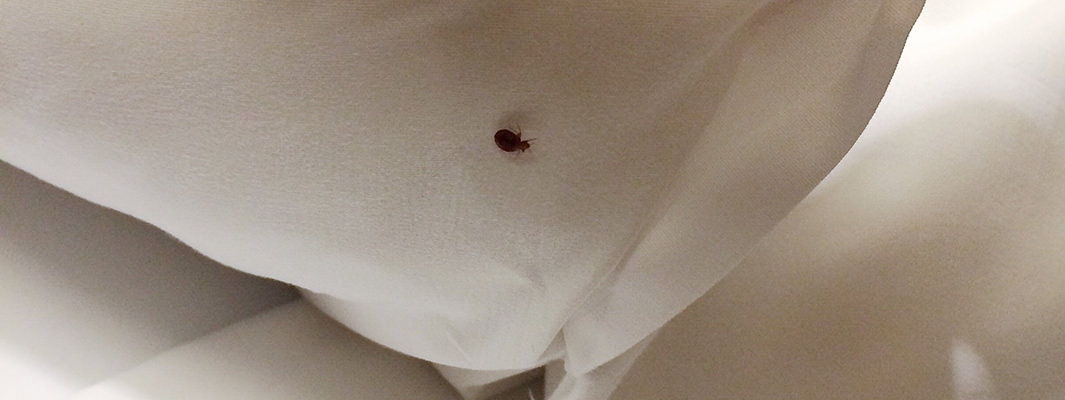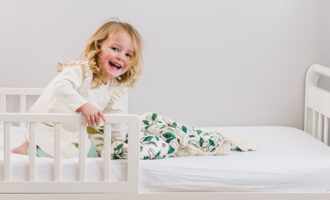In recent years, bed bugs have made a comeback. Due to the extensive use of insecticides like DDT, bed bugs were practically exterminated in the United States.
Furthermore, typical pest management methods have switched to utilizing pesticides only when absolutely essential indoors. In the past, hotels would spray pesticides in guest rooms on a regular basis to prevent bed bug infestations.
Bed bugs have also developed resistance to a variety of chemicals that they come across on their journeys. However, you can get rid of bed bugs and sleep soundly again thanks to scientific developments and a biological understanding of bed bugs.
There are many alternative treatment options for bed bugs, and you can consider the advantages and disadvantages of each one.
We all want a healthy home for our families. Whether you’re attempting to get rid of bed bugs in a single-family house, an apartment, a hotel, or a nursing facility, the treatment methods available today on Sleep Underground can help you get rid of bed bugs.
First of All, What Are Bed Bugs?
Bed bugs are little insects that feed on human and animal blood. They’re most active at night and are great at hiding in dark, soft spots and cracks. As a result, a mattress is a great place for them to settle down, hence the term “bed bug.”
Because they’re so small (almost the size of a rice grain), they’re difficult to notice with the naked eye, but if you have them strolling around your house and biting you and your family, you’ll know. Their bites are unpleasant and irritating, even though they are harmless.
Where Do Bed Bugs Come From?
Bed bugs are brought in from the outside, even though they seem to come out of nowhere. It could be from outdoors, or it could be picked up while traveling to hotels, friends’ homes, or even buying used clothing or furnishings.
These insects are quite intelligent. When the toxic fumes are discharged, they look for a safe haven, which is usually a neighbor’s house.
Their bodies are extremely flattened. This implies they can pass through very tiny fractures and cracks.
How Do I Tell If There Is Bed Bugs Infestation?
There are signs to tell you if your house was infested by bed bugs, such as:
Bites on Your Body
The most obvious symptom is biting on your skin. Unlike flea bites, bed bug bites frequently occur in clusters. Because these hungry organisms like to go up to your arm or leg, taking continuous blood samples, they’ll be lined up in a straight line.
Scarlet and Rusty Stains
Those scarlet and rusty streaks are blood—specifically, your blood. It could be blood from your bites, or it could be the result of the critters being squashed after their meal.
Dark Dots
Bed bugs, like everyone else, poop. If you notice black specks and stains, this is a combination of feces and the skin that the newborns lose as they grow older.
Egg Shells
Because of their small size and light color, these are difficult to see, but keep an eye out for tiny specks of ivory material on your bed, furniture, or carpet.
Bugs that Are Still Alive
You might even catch a glimpse of these people from time to time. They’re quite small, but if you look closely enough, you might be able to notice them every now and then. They’ll be bigger, redder, and easier to notice once they’ve fed.
What Are the Best Home Remedies to Prevent Bed Bugs?
Using the Vacuum
Using a powerful vacuum cleaner and a powerful hose attachment, you can suck the bugs in. When fighting an infestation, you should vacuum at least once every few days. Vacuum the mattress, bedding, and soft furniture, such as sofas and cushioned chairs thoroughly.
Begin on higher ground and work your way down, paying close attention to the carpet, floors, and any cracks in the walls or floors. Look for indicators of an infestation in electrical items such as fans and even your laptop.
When you’ve finished vacuuming, throw the vacuum bag as far away from your house as possible.
Steam Clean Your Furniture
Steam cleaning is a solution for areas where the vacuum can’t reach. The heat will kill the bedbugs and their eggs, and they will perish if the temperature rises above 140 degrees Fahrenheit. To avoid hurting your furniture, carefully follow the steam cleaner’s directions.
Wash and Clean Bedding and Clothes
Check the labels to see if the materials can withstand being washed in hot water and tumble dried. Then wash everything that has been in contact with these insects. The bugs will be killed by a mixture of hot water and dryer heat.
Use Fresh and Dry Sheets
The odor of the dryer sheets can deter insects and perhaps encourage them to look for new places to live. However, this is probably only a temporary solution because they’ll just find a more welcoming spot in your house to hang out.
Use Baking Soda
Baking soda is very effective when it comes to bed bugs as it pulls moisture from the bodies of bed bugs. Spread the powder anywhere bugs are found, including cracks and crevices. Vacuuming and reapplying every few days is a must.
Other Herbal Remedies for Bed Bugs
Use Indian Lilac
The leaves of Indian Lilac have an impact similar to other herbal treatments that are based on plants. Crush the leaves and scatter them everywhere. Alternatively, you might boil the leaves, drain the liquid, and then add it to your bathwater. As a result, bed bugs will no longer feed on you!
This method can be utilized to get rid of infestations in your closet and garments. To keep these pests at bay, spray the solution in closets, on sofas, and all around the house.
Burning Thyme
If you knot a stick of thyme with a towel and burn it in infested areas, the bugs will seek out more welcoming surroundings. However, always keep a fire extinguisher handy. Burning down your house will also get rid of them, but this is definitely not recommended.
Mint Leaves
Mint leaves can be used as an antidote. Crushed leaves placed around entry points will discourage them from entering your property. They’re also safe to spread the leaves in your closet and on your mattress directly.
Lavender Aroma
The smell of lavender makes bed bugs queasy, and it can even kill them. The aroma, on the other hand, is fairly pleasant to most humans. Washing objects with lavender soap, spraying mixed essential oils, and spreading leaves over infected areas can triple the efficiency of this remedy.
Peppermint Leaves
Lavender oil and leaves have the same effect as peppermint leaves. Use the same tactics as before, and don’t forget to vacuum up old leaves and replace them with new ones on a regular basis until the infestation is gone.
Finding a bed bug infestation in your house could be very annoying, and even more irritating to people with sensitive skins. Luckily, bed bugs are easy to get rid of and prevent in the future, follow the recommended methods regularly and the bugs will be gone in no time.
Did you like it?4.5/5 (22)





